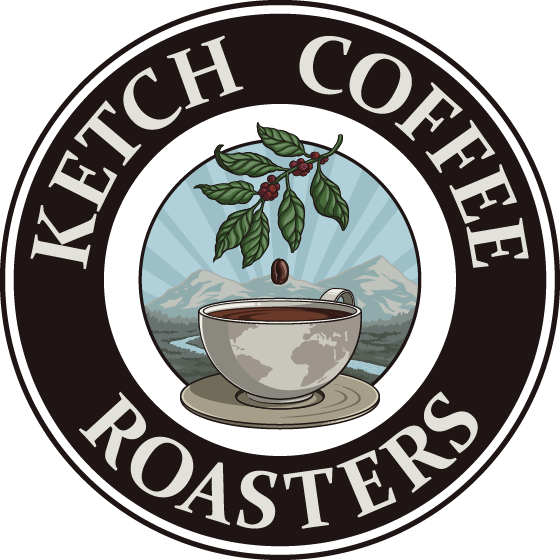In the coffee industry, there are often various gadgets and devices that various coffee professionals recommend as “essential” equipment. The list is often long and the price of these items quickly adds up. One of those pieces of equipment is a coffee refractometer. A coffee refractometer is used to measure “total dissolved solids” in your brewed coffee. In other words, a small sample of your brewed coffee is tested to determine how much of the ground coffee was extracted/dissolved during the brewing process. It seems the two most commonly recommended ones are the Atago PAL-Coffee (TDS) or the VST. I have owned the Atago for a couple years now and until recently have not appreciated the value of having it. I have always found that I could dial in coffees well via my sense of taste and understanding of the brewing variables, but there have been a number of times in the past year where I ran into coffees that caused me trouble dialing in and where my diagnosis via taste was completely wrong. I ran into such a scenario today.
I had cupped a coffee from a very skilled roaster yesterday that was phenomenal, but when I brewed it this morning the extraction was off and the coffee did not taste even close to as good as it did during cupping. While it was obvious to me that it was an extraction issue, I suspected I had over-extracted the coffee given the flavors I was tasting and my familiarity with the brewing set up and success with other coffees. The more I thought about things the more I came to the conclusion that this couldn’t be right and the coffee had to be under-extracted.
I increased the water temperature, brewed the coffee again, and increased the extraction. This time the flavors in the cup were much closer to the flavors detected during cupping, but the flavors during cupping were still better. This time I also took a TDS reading of the coffee with my coffee refractometer. This is where the coffee refractometers are invaluable and save you lots of time and coffee. When you take this data point (TDS) and input it into a formula that includes the dry coffee dose, the amount of brew water used, and the weight of the brewed coffee, you get the total extraction percentage. Thankfully, there are online calculators and apps that do the math for you and interpret the data using the baseline coffee brewing control chart. These calculators and/or apps help you diagnose your level of extraction and often provide suggestions on what variables to change to improve the extraction. In this instance, the calculator I used identified the coffee as “under-extracted but well balanced.” This correlated with my sense of taste of the coffee with the coffee with the cupped coffee being the standard for my frame of reference.
The point of this long winded post is to demonstrate the practical value of a coffee refractometer. Had I taken a TDS reading from the start and ran the math, I would have been able to diagnose the issue from the start and would have been able to start making the necessary changes sooner to increase the extraction. In the past, I would have wasted lots of coffee figuring this out. I have since learned to appreciate the tool I have in a coffee refractometer. To be clear, these tools do not supplant your sense of taste. Taste is still king and ultimately preferential. Just because a tool such as a coffee calculator tells you your coffee is or is not in the “ideal” extraction range and strength does not mean you will enjoy it. I seldom do. I find that I consistently prefer coffees the algorithm identifies as “under-extracted but well-balanced.” Basically, I prefer coffees that are just outside the “ideal” range.
If you live in Ketchikan and are having trouble brewing a particular coffee, please reach out to us at info@ketchcoffee.com. I would be happy to schedule a time to meet with you to diagnose the problem.
